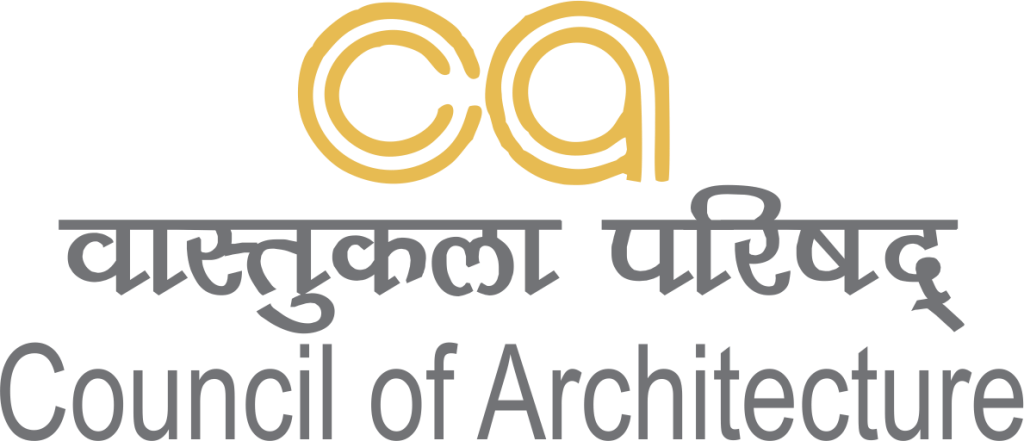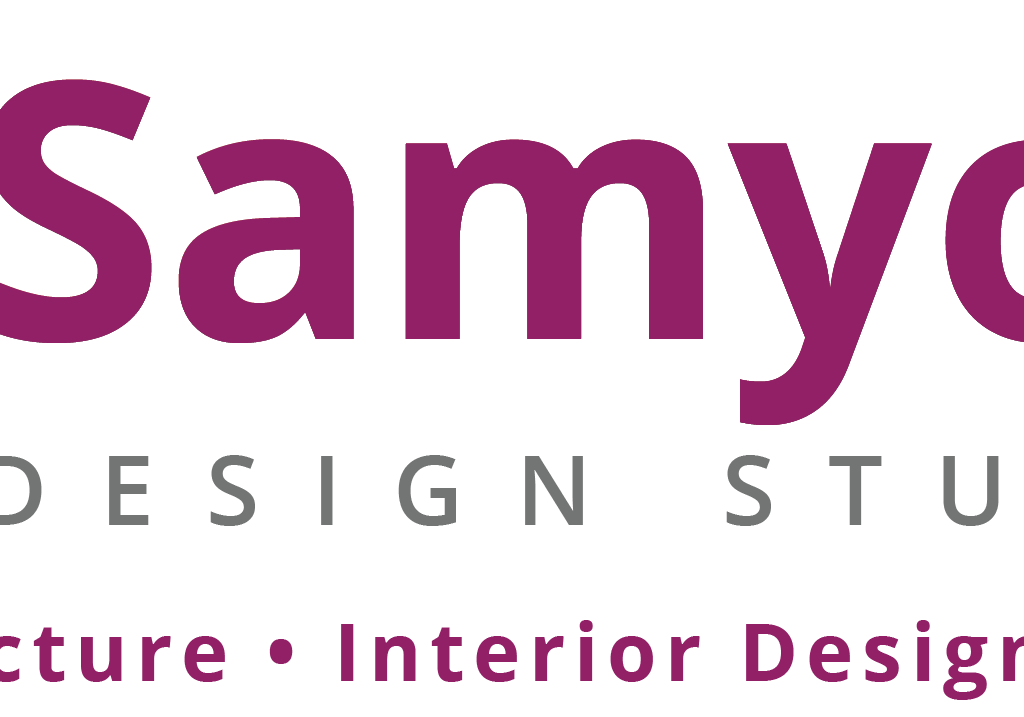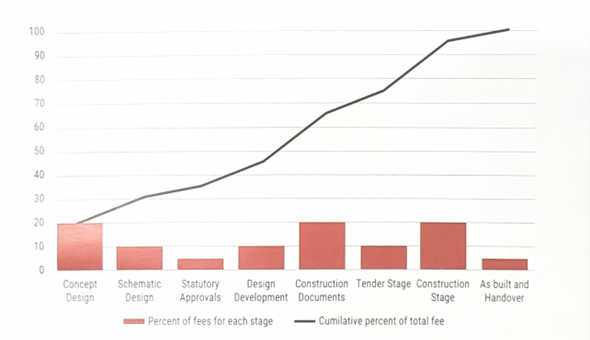
Navigating Professional Conduct Welcome to our virtual architectural tour where we delve into the fascinating realm of professional conduct in the architectural sphere. In this expedition, we’ll navigate through the maze of regulations, responsibilities pertaining to clients specifically, and the occasional pitfall of misconduct. So let’s embark on this journey!
What are the Architects (Professional Conduct) Regulations, 1989?
The cornerstone of understanding professional conduct is the Architects (Professional Conduct) Regulations, 1989. These regulations, as outlined by the Council of Architecture (CoA), serve as the guiding compass for architects, delineating their moral and professional boundaries. These regulations, articulated by the Council of Architecture (CoA), serve as the lodestar for architects, ensuring their conduct adheres to the highest standards.

Understanding Architects’ Responsibilities with Clients
● In addition to their broader professional responsibilities, architects have specific obligations towards their clients as outlined by the CoA.
● At the heart of every architectural endeavour lies the symbiotic relationship between architect and client. Architects must prioritise client satisfaction, demonstrating unwavering dedication and responsiveness to client needs throughout the project lifecycle. Navigating Professional Conduct
● Architects should inform clients of engagement conditions, and charges, and ensure transparency in all dealings.
● They must not sub-commission work without the client’s prior agreement or engage in unethical practices such as giving or taking discounts, commissions, or inducements.
● Confidentiality – Consider the moral implications of data breaches in architectural firms, highlighting the importance of safeguarding client confidentiality. Architects must uphold strict confidentiality protocols, ensuring the sanctity of sensitive information and fostering trust with clients and stakeholders.

At Samyog Design Studio, nurturing client relationships is paramount. Our adept team pledges to craft fluid and innovative design solutions, seamlessly transforming client visions into tangible realities from inception to completion. Navigating Professional Conduct
What is Professional Misconduct?
Alas, even the most illustrious architects are not immune to the spectre of professional misconduct. From instances of negligence and incompetence to breaches of ethical conduct, architects must remain vigilant, upholding the sanctity of their profession and safeguarding the public trust.
Principles of Architectural Fee Development
1. Transparency and Clarity:
● At the heart of ethical fee development lies transparency, a predominant principle.
● Architects are duty-bound to furnish clients with a lucid breakdown of fees, elucidating the scope of services rendered alongside the associated costs.
● Such transparency fosters trust and ensures a harmonious alignment between client expectations and financial considerations.
2. Fairness and Equity:
● At the heart of ethical fee development lies transparency, a principle of paramount importance.
● In the realm of fee expansion, fairness and equity stand as unwavering pillars.
● Architects must strive to establish fees that aptly reflect the value of their services, while simultaneously ensuring just and equity for their clients.
3. Value-Based Pricing:
● Departing from conventional cost-plus models, value-based pricing hinges upon the distinctive value proposition offered by architects.
● It behoves architects to articulate both the tangible and intangible benefits of their services, thereby aligning fees with the value they bring to clients’ projects.
4. Flexibility and Adaptability:
● Flexibility serves as a cornerstone in fee expansion, affording architects the agility to tailor their services to the specific exigencies of each project.
● Architects must demonstrate adaptability by offering flexible fee structures that accommodate evolving project scopes, timelines, and budgetary constraints.
Scope of Work and Fees for Basic Services
1. Defining the Scope:
● The delineation of the scope of work stands as the bedrock upon which architectural services are founded, outlining tasks, deliverables, and milestones.
● Architects are tasked with collaboratively defining a comprehensive scope of work that resonates with client visions, objectives, and budgetary limitations.
2. Basic Services and Fee Structures:
● Basic architectural services typically encompass fundamental phases of the design and construction process, including schematic design, design development, construction documentation, bidding and negotiation, and construction administration.
● Fees for basic services are commonly structured as a percentage of the total construction cost, hourly rates, or lump-sum agreements.
3. Value-Added Services:
● In addition to basic services, architects may offer value-added services tailored to specific client needs and aspirations.
● These services may include sustainability consulting, interior design, feasibility studies, and post-occupancy evaluations.
● Architects must clearly outline the scope and fees associated with value-added services, ensuring transparency and alignment with client expectations.
The Basic Services that any Architectural consultancy practice may provide under the Scope of Services and the deliverables are as follows.
When calculating the bifurcation of the Fee over the standard eight phases based on the scope of works, the following breakdown is typical:

Conclusion
The world of fee development is usually mastered with experience and practical insights earned in person; however, this blog was an attempt to familiarise you with it. Within the architectural domain, one indisputable truth emerges – the client-architect relationship is a delicate dance rooted in trust, transparency, and mutual regard. By upholding principles of fairness, equity, and value-based pricing, architects forge enduring partnerships that transcend mere transactions, enriching the built environment with beauty, innovation, and human-centric design. Thus, let us chart our course with integrity, empathy, Navigating Professional Conduct and an unwavering commitment to delivering value that surpasses expectations. Fair winds and felicitous designing to one and all!
